
Category: Networked Storage

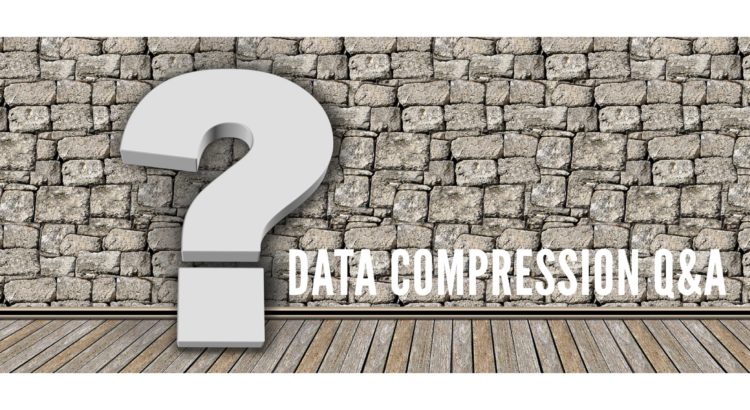
Data Compression Q&A

How Can You Keep Data in Transit Secure?
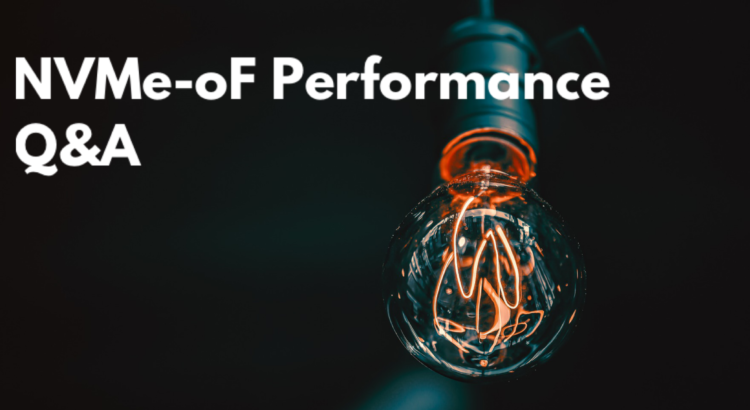
Optimizing NVMe over Fabrics Performance Q&A
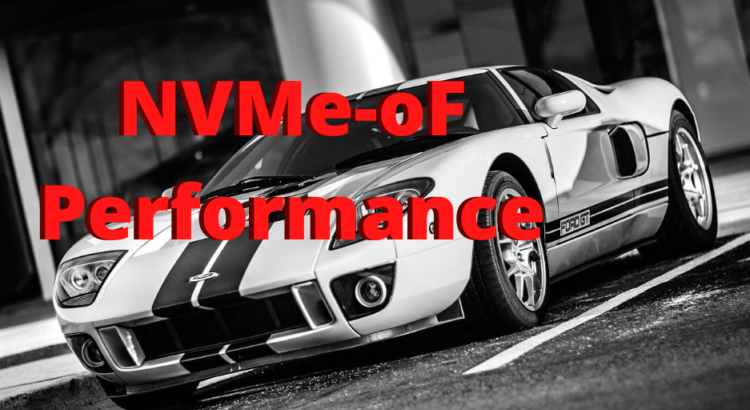
Optimizing NVMe over Fabrics Performance with Different Ethernet Transports: Host Factors
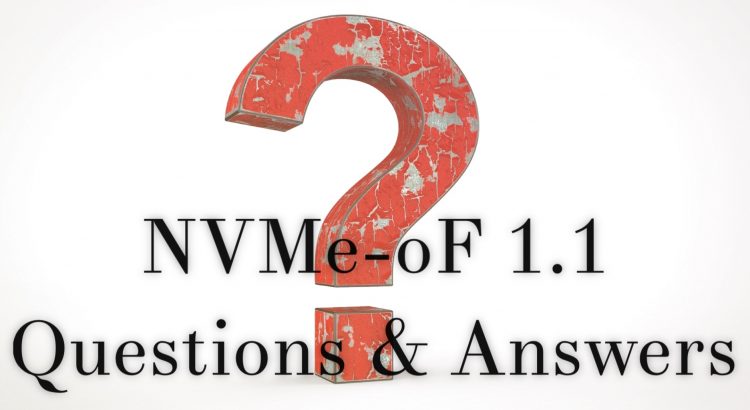
Notable Questions on NVMe-oF 1.1
 1.1” we explored the latest features of NVMe over Fabrics (NVMe-oF), discussing what’s new in the NVMe-oF 1.1 release, support for CMB and PMR, managing and provisioning NVMe-oF devices with SNIA Swordfish
1.1” we explored the latest features of NVMe over Fabrics (NVMe-oF), discussing what’s new in the NVMe-oF 1.1 release, support for CMB and PMR, managing and provisioning NVMe-oF devices with SNIA Swordfish , and FC-NVMe-2. If you missed the live event, you can watch it here. Our presenters received many interesting questions on NVMe-oF and here are answers to them all: Read More
, and FC-NVMe-2. If you missed the live event, you can watch it here. Our presenters received many interesting questions on NVMe-oF and here are answers to them all: Read More

Key Management FAQ
Key management focuses on protecting cryptographic keys from threats and ensuring keys are available when needed. And it’s no small task. That's why the SNIA Networking Storage Forum (NSF) invited key management and encryption expert, Judy Furlong, to present a “Key Management 101” session as part our Storage Networking Security Webcast Series. If you missed the live webcast, I encourage you to watch it on-demand as it was highly-rated by attendees. Judy answered many key management questions during the live event, here are answers to those, as well as the ones we did not have time to get to.
Q. How are the keys kept safe in local cache?
Read More
Encryption Q&A
Ever wonder how encryption actually works? Experts, Ed Pullin and Judy Furlong, provided an encryption primer to hundreds of attendees at our SNIA NSF webcast Storage Networking Security: Encryption 101. If you missed it, It’s now available on-demand. We promised during the live event to post answers to the questions we received. Here they are:
Q. When using asymmetric keys, how often do the keys need to be changed?
A. How often asymmetric (and symmetric) keys need to be changed is driven by the purpose the keys are used for, the security policies of the organization/environment in which they are used and the length of the key material. For example, the CA/Browser Forum has a policy that certificates used for TLS (secure communications) have a validity of no more than two years.
Read More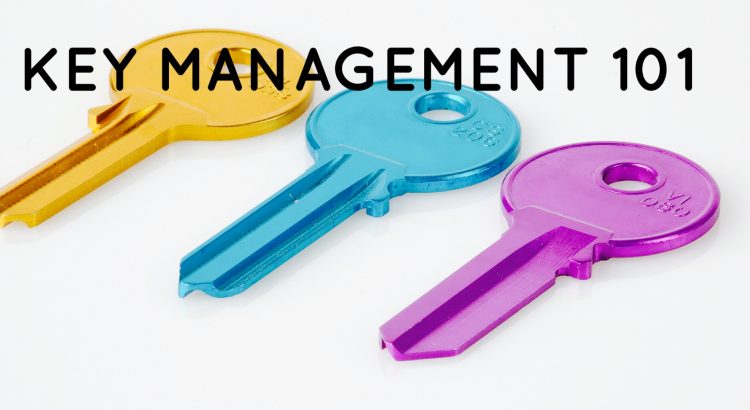
Key Management 101
- Key lifecycles
- Key generation
- Key distribution
- Symmetric vs. asymmetric key management, and
- Integrated vs. centralized key management models
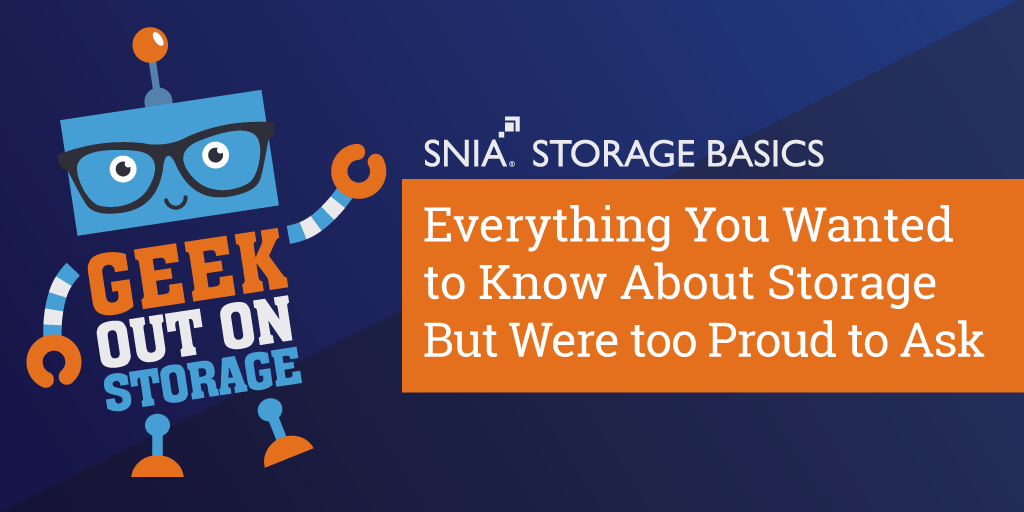
Wish You Knew More About Storage? Geek Out with SNIA
Are you a storage geek at heart? Or perhaps an aspiring one? Here’s your chance to “Geek Out” on all the storage basics. Whether you need a refresh on a foundational storage technology or want a 101 lesson on something new, SNIA has you covered.
Visit our “Geek Out on Storage” page for a unique lesson on storage basics. We call it “Everything You Wanted to Know About Storage But Were Too Proud to Ask.” Here you’ll find videos that clearly define and explain storage terminology and technologies.
Read More